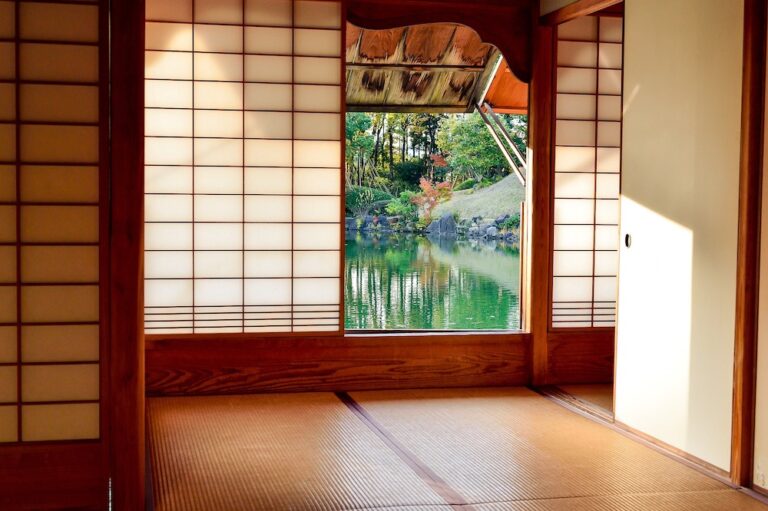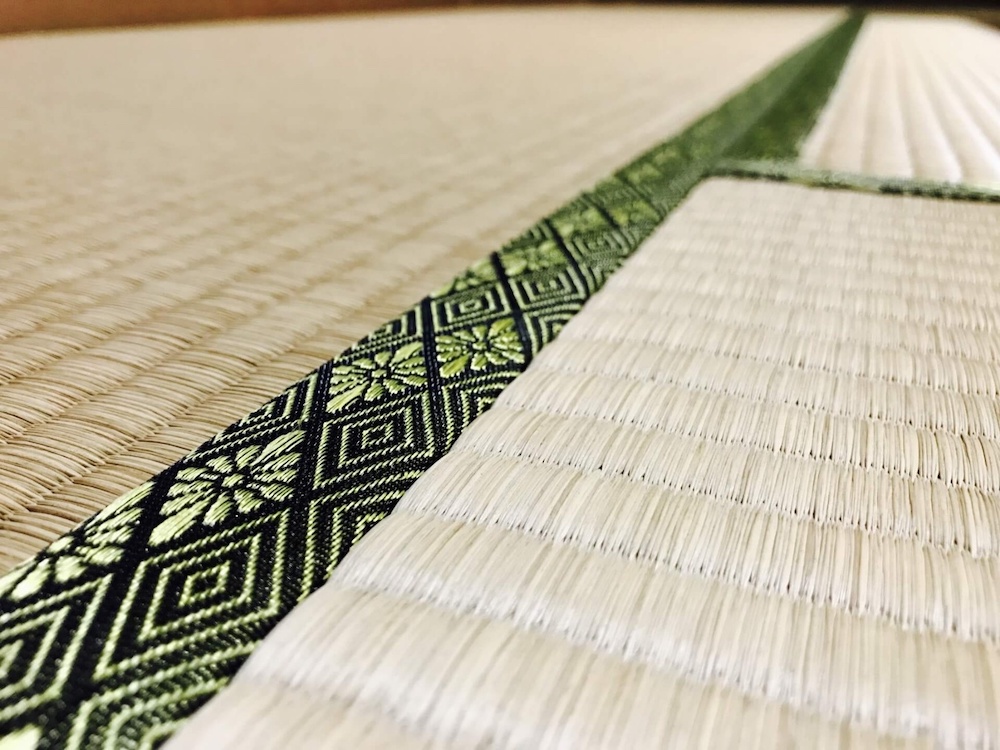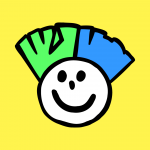
Stepping into the world of Japanese living, the sight of serene and inviting 畳 tatami floors often serves as an emblem of the nation’s rich cultural heritage and appreciation for simplicity. For those considering a move to Japan, understanding the significance and practicalities of tatami can offer a deeper connection to the country’s traditions while embracing a lifestyle that harmonizes beauty, comfort, and functionality.
In this post, we’ll unravel the enchanting aspects of tatami living, exploring its merits and unique qualities. We’ll delve into the art of caring for tatami, sharing essential tips that ensure its longevity and visual allure. Whether you’re an adventurer seeking to embrace a distinctive way of life or a newcomer eager to make your Japanese abode truly feel like home, this guide is designed to illuminate the world of tatami and inspire an appreciation for its role in shaping the cultural tapestry of Japan.
What is 畳?
畳 is a traditional flooring material crafted from natural materials like rice straw, known as 藺草, and woven rush grass, tatami is meticulously constructed to create rectangular mats with a distinctive texture and aroma. In modern times, the process involves carefully layering the straw over a woven base and binding it with cotton threads. The mats are then covered with woven rush grass, resulting in a robust yet comfortable surface that is cool in summer and insulating in winter.

The standard size of tatami mats, known as jō, has historical ties to the traditional dimensions of Japanese architecture, with room layouts often based on the number of tatami mats needed. It’s quite funny looking for an apartment in Japan and getting confused about how many mats you’d like your living space to be. For reference, 1 mat is 1.53-square meters. This revered flooring type symbolizes harmony with nature, reflecting Japan’s enduring appreciation for simplicity and craftsmanship in everyday living spaces.
Tatami In Modern Japan
In modern Japan, tatami remains an integral aspect of interior design, preserving its timeless charm while adapting to contemporary living. Widely appreciated for its unique blend of aesthetics and functionality, tatami continues to find favour among homeowners who seek a connection to tradition and a sense of calm within bustling urban environments. Although modern housing trends and practical considerations have led to a shift towards more Western-style flooring, tatami still graces the floors of many homes, particularly in traditional-style houses, tea rooms, and guest rooms. It’s not uncommon for Japanese families to have at least one room adorned with tatami, often reserved for special occasions, quiet contemplation, or hosting guests. Rooms like this are referred to as 和室 (Japanese-style room).
Beyond its aesthetic appeal, tatami’s natural properties, like its heat-retaining and moisture-absorbing qualities, contribute to its continued relevance. Despite evolving architectural preferences, tatami endures as a cherished reminder of Japan’s cultural heritage, seamlessly integrating tradition with the demands of contemporary living.
How To Care For Your Tatami

Caring for tatami in your apartment requires a delicate balance between preserving its beauty and ensuring its longevity. Regular cleaning should be done with a broom and dry cloth. Clean in line with the fibres so they don’t break, they’re more delicate than you’d expect, trust me! You can use a vacuum cleaner, but a broom and cloth are the safest option.
As a rule, you shouldn’t place anything heavy on tatami, as it’ll definitely leave a mark. However, there are protective mats and other products that claim that they’d make putting things like a sofa on tatami no problem at all. Just bear it in mind when you move into a Japanese place.
To prevent mould growth, maintaining a well-ventilated environment is paramount. Regularly opening windows to allow air circulation helps minimize moisture buildup. Placing a dehumidifier in the room can also effectively control humidity levels, particularly during the damp seasons. Additionally, avoiding spills and excess moisture on the tatami is crucial. If any liquids are accidentally spilt, gently blot the area with a clean, dry cloth to absorb moisture promptly. Keeping the room clean and dust-free by sweeping the tatami with a soft broom or vacuuming with a brush attachment prevents the accumulation of dirt and debris that can contribute to mould growth.
Protecting your tatami from sunburning, a phenomenon that can lead to discolouration and weakening of the fibres, requires a proactive approach. Direct sunlight can be harsh on tatami, so using curtains or blinds to filter the sunlight during peak hours helps shield the mats from excessive exposure. Rearranging furniture periodically can also prevent uneven fading and sun damage. To mitigate the effects of sunlight, consider rotating or flipping the tatami mats regularly, allowing for even wear and tear. If possible, placing area rugs or furniture on the tatami provides an added layer of protection, reducing the direct impact of sunlight on the mats. I moved into my first apartment with tatami recently and over 3 months my mats have become sunburned. It’s a bit of a grey area regarding whether that’s damage tenants or landlords are accountable for, so best to stick some curtains up to protect the flooring.
Living With Tatami As A Foreigner
Living with tatami as a foreigner in Japan offers a unique blend of charm and practical considerations. While the tactile experience of walking on soft tatami is delightful, there’s a certain mindfulness required in daily activities. When I moved into my current apartment I was in turmoil about whether it would be okay to put my sofa in one of my enormous 和室 or not. In my apartment, these rooms account for most of the living space, so it seemed such a waste to not put it in one of them, but I was petrified of damaging the floor. Eventually, I found a type of mat that allows for heavy items to be put on the mats, and I still have my fingers crossed they’ll work as planned.
Let’s be honest, it’s annoying to avoid placing heavy objects directly on the tatami, but on the other, this consideration instils a sense of respect for the traditional flooring and the cultural nuances it embodies. As I’ve slowly adapted, I found satisfaction in finding creative solutions that embraced both the comfort of modern living and the elegance of tatami traditions.
The Best Tatami Related Products
To ensure the optimal care and longevity of your tatami, there are several products that can prove invaluable.
- Wooden Matting – They are what they say on the tin. There are loads of kinds of these easily placed wooden mats. The best thing about using these is being able to put heavy furniture on your tatami and not worry about it. Head to Nitori and you’ll find a load of different types.
- UV Curtains – tatami sunburn happens rapidly. As it’s a grey area about whether this is damage or not, you should protect yourself, so you don’t get an unexpected bill from your landlord when you move out.
- Waterproof Rug – This one is to protect your mat from spills. Be careful though, the waterproof nature of these rugs can make a perfect mould growing environment, so be sure to take it off the floor and let the mats air out regularly.
- Soft-Bristle Broom – With one of these you can be sure the fibres of the mats won’t break when you’re cleaning.
The more I live with 畳, the more I increasingly think I couldn’t like without it. It can be frustrating to care for, but the reward of living with a natural flooring in your own home more than makes up for it.













